We know that if you’ve found our blog section of the website, then you’re pretty sold on the idea of trenchless pipe repair. Who wouldn’t be? It is the easiest and most non-invasive method to repair your pipe systems. However, that leaves you asking two questions:
1) Why should I consider a Cured-In-Place Pipe Repair over any other option?
2) How does CIPP lining work?
Like we covered in a previous blog post, Cured-In-Place Pipe (CIPP) Repair is a trenchless pipe repair option that prescribes precise care on damaged pipes. The focus on precision through this delicate process defines our quality of work and our commitment to providing excellent service. We start by carefully threading a small camera through the damaged pipe system in order to see just how bad the damage is. We note the extent of the damage and determine which materials we should use to cure your pipes. Depending on the severity of the pipe system, we may prescribe curing through hot water, steam, epoxy, or in the most extreme cases: UV light. After determining which lining to use, we prepare a polymer-impregnated felt tube and begin the curing process.
Because of the different curing processes, each one of these CIPP lining curing methods is a better fit depending on certain circumstances.
Hot Water Cure
Our hot water curing treatment is a difficult task to pull off, however, our trained professionals make it look easy. To achieve this treatment, we first heat the water on-site through a boiler. After that, we flood the hot water into a resin lining to fill out the walls of the pipe. As the tube fills, the heated water begins to cure the resin to the pipes–which forms the most important line of defense for your reinforced pipes.
Sounds simple enough, right? It isn’t–and that’s what gives the experienced team members of Advantage Reline the ultimate advantage. Through our specialized equipment and boilers, we make sure that the hot water used to cure maintains a fixed temperature as it is pushed through hundreds of feet of pipe. What’s worse is that you may be dealing with working in small, dark, tight spaces. However, Advantage Reline uses proprietary equipment and cameras to keep our workers safe while properly applying the curing. As such, the hot water curing method is a time-efficient and effective method for curing CIPP lining.
Steam Cure
A steam cure is the next evolution of a hot water cure. However, the best use for a steam cure is for wider pipes. Like the hot water cure, a liner and one of our specialized boilers are embedded into the curing area. As the steam fills out the liner, it transfers the heat into the resin lining faster and speeds up curing time significantly. If there is enough workspace within the pipes, a steam cure is a reliable CIPP lining option. If you’re dealing with a severely damaged pipe system, a steam cure is a way to delicately treat the walls of the pipe and ensure that adding in the liner doesn’t cause any additional damage.
Epoxy Liner
An epoxy-soaked liner tends to be the most flexible strategy that we employ. For this curing process, we prepare an epoxy liner and place it inside one of our proprietary pieces of equipment to keep it cool and prepare it to align it with the curing area. When we’re ready to begin curing, we spread the liner throughout the pipe, use our specialized equipment to inflate the liner, and when the liner has crossed the length of the pipe it adheres itself and cures on its own. This method is the most flexible because it requires less specialized equipment, you don’t need to worry about keeping water heated like in the previous two curing methods, and all you need to get started is the CIPP lining.
UV Light Cure
The UV curing process is the newest cure that we’ve developed, and we feel like it’s a testament to our experience and ability. Like the previous three curing methods, we prepare a liner and inflate it against the walls of the pipe. However, we cure the resin using UV light where it can bond instantly to the pipe walls. This is the peak method of efficiency in pipe curing and allows you to begin using your pipes as soon as possible.
Now you can finally say you understand how CIPP lining works. Whichever method you use, our CIPP repair can last for over 50 years and is covered with a 100% warranty. When you rely on Advantage Reline, you’re guaranteeing that your pipe system will be protected against corrosion and the elements. Contact us today and start making sure that your pipes are properly protected!






